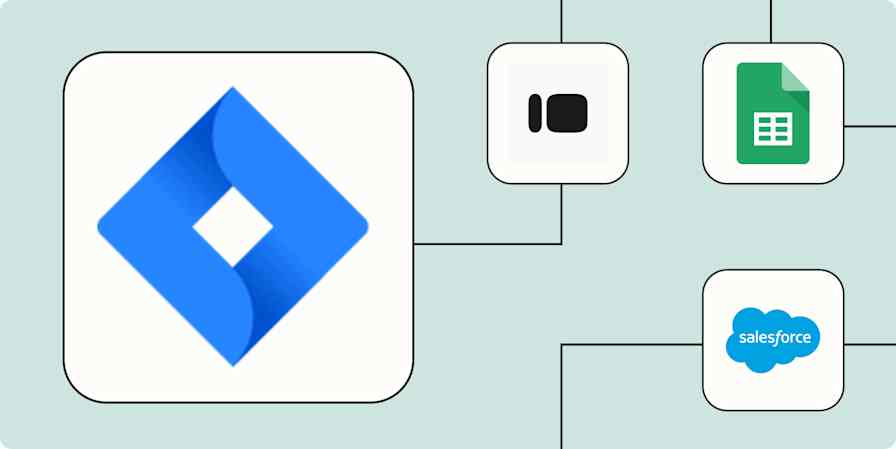Productivity tips
11 min readJumpstart New Projects with Mind Maps
By Jessica Greene · June 19, 2018

Get productivity tips delivered straight to your inbox
We’ll email you 1-3 times per week—and never share your information.
mentioned apps
Related articles
Improve your productivity automatically. Use Zapier to get your apps working together.








